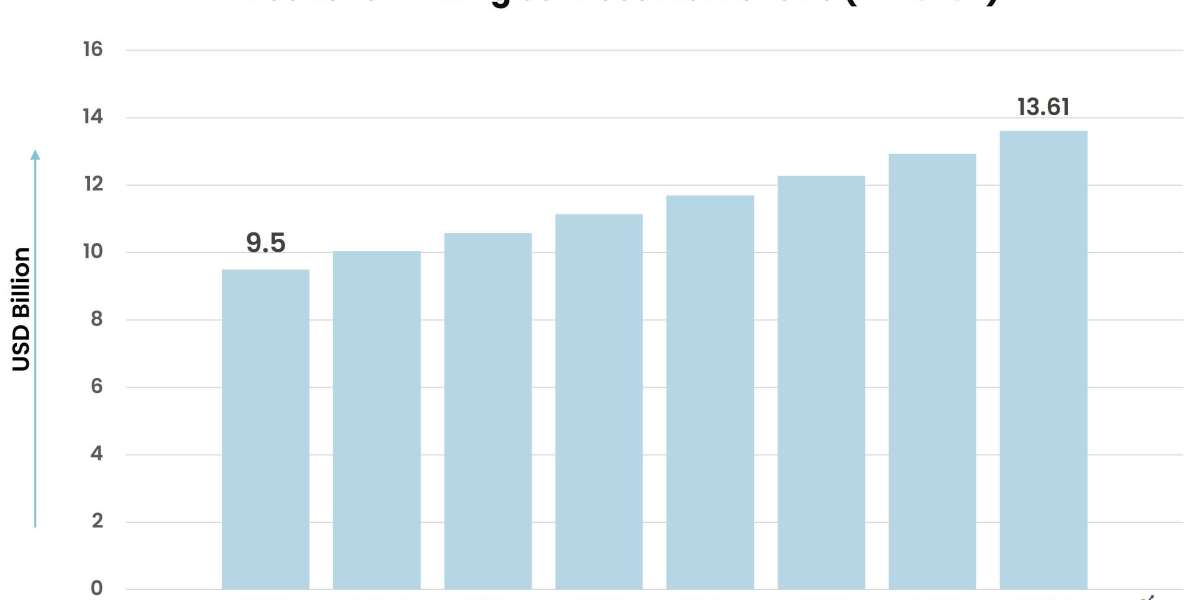The directional drilling services market is experiencing robust expansion, driven by several key factors that are reshaping the landscape of oil and gas exploration. Directional drilling, a technique that allows for drilling wells at various angles rather than straight down, plays a crucial role in accessing challenging hydrocarbon reserves. Understanding the primary drivers behind the growth of this market provides valuable insights into its future trajectory.
According to Stratview Research, the directional drilling services market was estimated at USD 9.5 billion in 2023 and is likely to grow at a CAGR of 5.2% during 2024-2030 to reach USD 13.61 billion in 2030.
- Technological Innovations
Technological advancements are at the forefront of the directional drilling services market expansion. Innovations such as rotary steerable systems (RSS), measurement-while-drilling (MWD), and logging-while-drilling (LWD) have significantly enhanced drilling precision and efficiency. RSS enables real-time adjustments to the drilling direction, allowing for greater accuracy in well placement. MWD and LWD provide continuous data on downhole conditions and formation characteristics, facilitating informed decision-making and reducing operational risks. These technologies enhance the effectiveness of directional drilling, driving their adoption in complex drilling scenarios.
- Increasing Demand for Unconventional Resources
The growing global demand for energy, coupled with the depletion of conventional oil and gas reserves, is pushing companies to explore unconventional resources such as shale oil and tight gas. Directional drilling is essential for accessing these unconventional reserves, which are often located in challenging and remote environments. The ability to drill horizontally and at various angles allows for efficient extraction from multiple reservoirs, making directional drilling a preferred method for tapping into these resources.
- Operational Efficiency and Cost Reduction
Directional drilling offers several operational benefits that contribute to its growing popularity. By drilling at multiple angles from a single location, operators can access multiple targets without the need to relocate the drilling rig. This approach reduces drilling time, operational costs, and surface disruption. Additionally, directional drilling enables better reservoir contact and enhanced well productivity, further driving its adoption as a cost-effective and efficient solution.
- Increasing Investment in Exploration and Production
Rising investments in exploration and production activities, particularly in emerging markets and offshore fields, are fueling the expansion of the directional drilling services market. Companies are investing in advanced drilling technologies to improve recovery rates and optimize resource extraction in challenging environments. This trend is particularly evident in regions with significant untapped reserves, such as the Middle East, North America, and parts of Asia-Pacific.
- Environmental and Regulatory Considerations
Stringent environmental regulations and the push for more sustainable practices are also driving the adoption of directional drilling. This technique minimizes surface disturbance and reduces the environmental footprint of drilling operations, aligning with regulatory requirements and industry sustainability goals.
Conclusion
The expansion of the directional drilling services market is fueled by technological innovations, increasing demand for unconventional resources, operational efficiency, rising investments in exploration, and environmental considerations. As these drivers continue to influence the market, directional drilling is set to play an increasingly vital role in meeting global energy needs while navigating the challenges of modern drilling operations.













